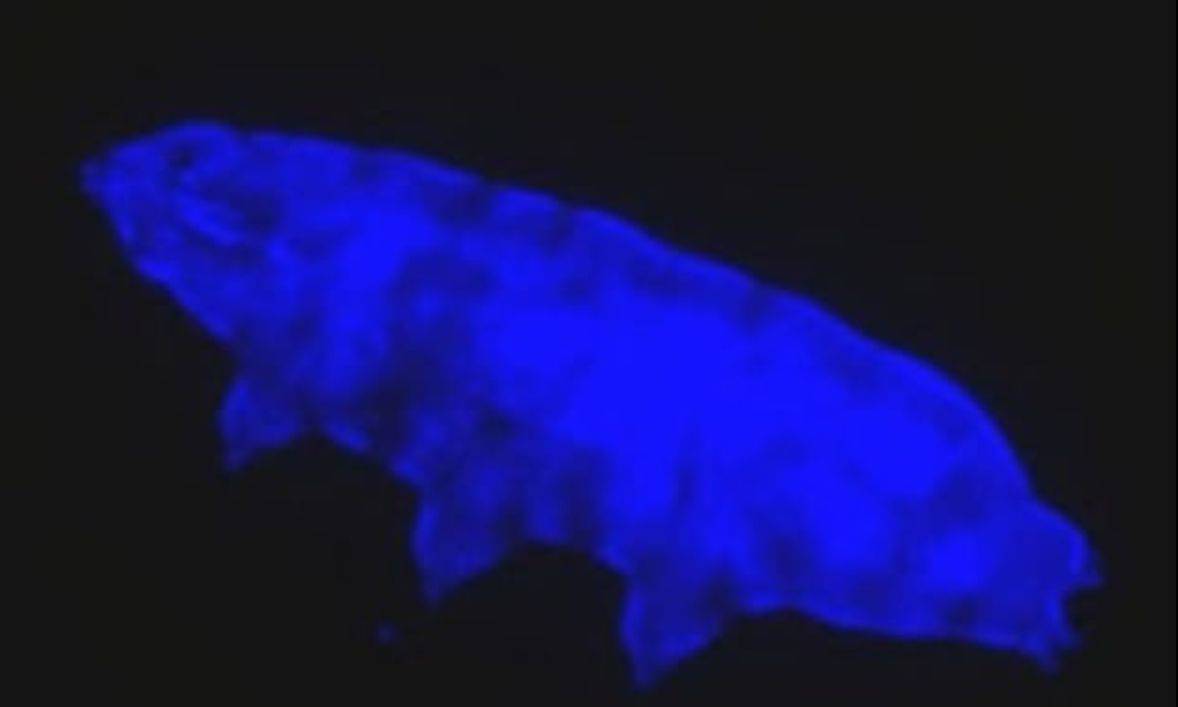Tardigrades, meaning ‘slow steppers’, were described as ‘little water bears’ by Johann Goeze who made their discovery in 1773. Since then they have been a subject of close scrutiny in the scientific community for their unique properties.
These micro animals who can withstand extreme temperature, pressure, lack of water, food, are now believed to be immune to UV radiations as well. A recent study on an Indian genus of Tardigrades has revealed that these micro-animals are also known as ‘moss piglets’ can turn UV radiation in blue light.
According to a study conducted in India, the genus ‘Paramacrobiotus’ can withstand UV light within 100-280nm wavelength which is also called UV-C. In response to a lethal amount of exposure they use a protective florescent shield that absorbs UV-C and in turn, glows blue.
The research which was conducted at Indian Institute of Sciences, Bangalore, used a sample of moss found on the college campus.
During the examination Tardigrades were exposed to UV radiations for 15 minutes, that would have been more than sufficient to kill other Tardigrade species, the researchers explained. Instead of dying the newly found genus glowed blue to their surprise.
On further experimentation, the extract from the Paramocrobiotus was applied to another species of Tardigrade, H. exemplaris, and roundworm, some level of protection was detected in them as well. As they observed that 50% of the H.exemplaris were able to survive UV radiation, even after one or two days of exposure, after being treated with the extract.
Criticism
Expert on Tardigrade’s Lukasz Kaczmarek, a biologist at Adam Mickiewicz University, Poland, commented that the study does not focus on the mechanism that could be a result of some protein that Tardigrades produce on UV exposure.
“We also do not know if it is a characteristic feature of the species studied or rather for the majority of tardigrades exposed in their natural environment to high doses of UV radiation,” he added.
Extraordinary powers of Tardigrades
They have been subject of many studies and have come out with flying colors. According to previous experiments, Tardigrades can survive in temperature above 150 degree Celsius. In the dry state, these water dwelling creatures can remain dormant for as long as 10 years and again revive themselves. They can survive in a vacuum as well as six times the pressure at Mariana Trench.
A recent study also revealed that they can withstand nuclear radiation equivalent to spending one day at Chernobyl’s heart of the accident which happened in 1986.
